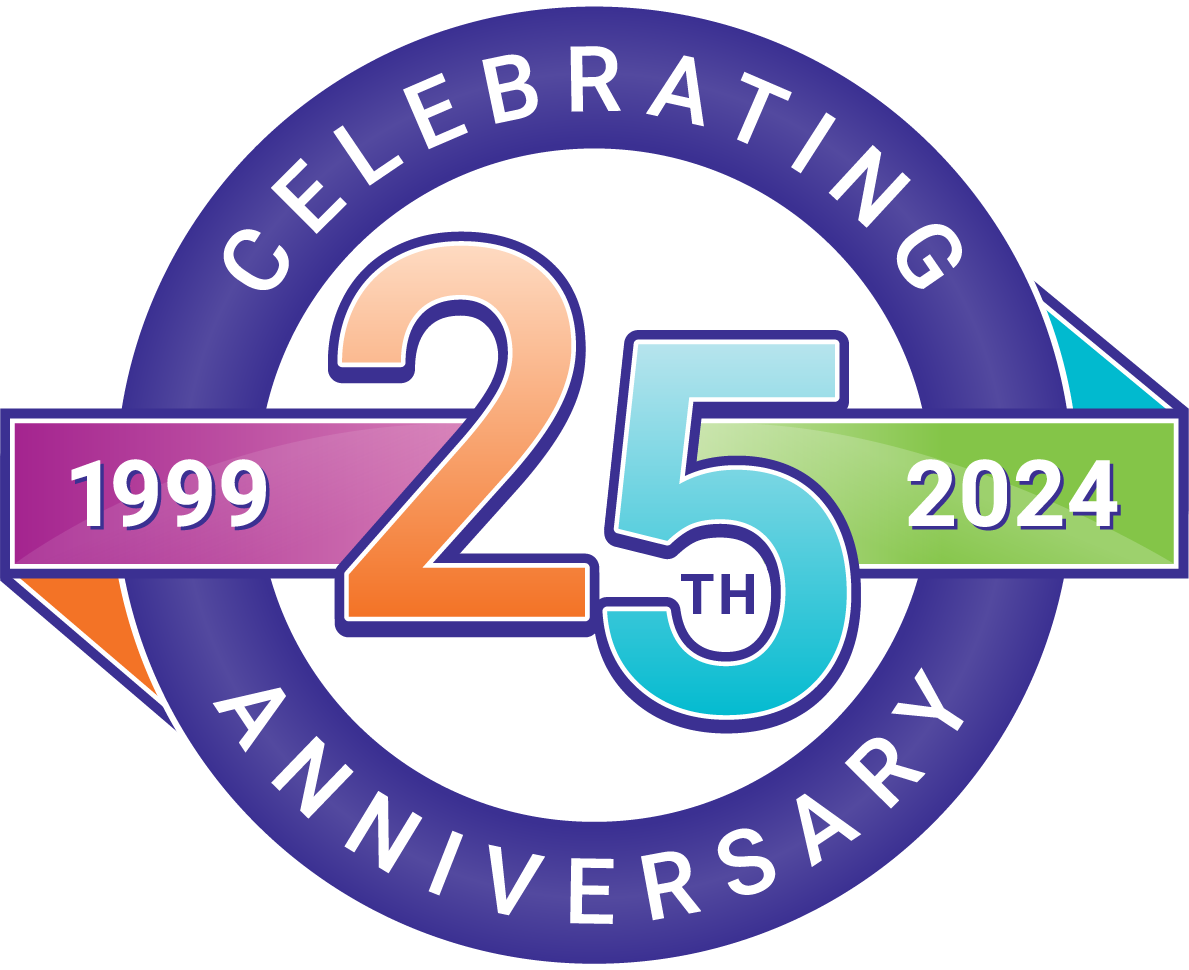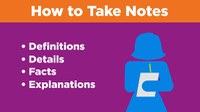Take Notes
Now that you have used a source to find the answer to one of your research questions, it is time to read the information closely and take notes.
To learn how to take notes, watch the Reading & Taking Notes video tutorial, and then read the information below.
Read Closely
Up until now, you have been skimming and scanning to look for information that may answer one of your research questions. Once you find a section of a book or article that looks promising, slow down and read it word for word. Keep your question in mind as you read. Does the information answer or relate to your question?
- Yes? You will want to to remember the information, so reread the section one chunk at a time, and take notes on the important information.
- No? Read another section, or look for the answer to a different question, or try another source.
What Information is Note-worthy?
What kinds of notes should you take? Notes should be about answers to your research questions and documenting any new questions you may have. That includes the following:
- Source details -- Since you will need to cite your source later, write down the title, author, publication date, and page number. If the source is a website, also include the URL.
- Definitions of words that your readers may not know and of major concepts or ideas related to your topic
- Explanations of concepts, ideas, or issues
- Facts, opinions, and details that support explanations or arguments
- Gems -- A gem is a longer phrase or sentence or two that is stated in an especially helpful, clear, or interesting way. Write gems down word for word, and put quotation marks around them. The gem can be used as a quote in your paper.
How to Take Notes
When taking notes, write down single words or phrases instead of full sentences. Pick out the important words that represent the ideas or concepts. Bulleted lists are one way to do it. Be as brief as possible, but write down enough information so that your notes will make sense to you later. However, when you find a gem, it is okay to copy the sentence exactly -- be sure to put it in quotation marks.
3 Ways to Use Notes in Your Paper
When writing your paper, there are 3 ways to add information from the notes you took. Each way has its own purpose.
- Quote -- Copy information exactly as it was written or said, and giving credit to the author. Do not use very many quotes. Save them for gems.
- Paraphrase -- Jot down another person's ideas and details, but in your own words. Later when you write your paper, these notes will be a paraphrase of what the original author said or wrote.
- Summarize -- Recap another person's main idea in your own words. Summaries are shorter than paraphrases.
Examples
The following examples show how to take notes from a source of information and how to paraphrase, summarize, and choose a quote.
Next Source or Next Question?
After looking for answers to your first question in your first source, you have two choices. It's up to you.
- Look for answers to your other questions in the same source.
- Or, continue looking for answers to your first question in other sources.
Conflicting Information
If you find the same information in more than one source, it confirms your first information, so there is no need to take notes on it. However, if you find information where one source disagrees with another, look at the two sources. Is one more current? Is one author more of an expert? If yes, go with the better source. Or, check other sources to see if they confirm one. Still not sure? Ask your teacher or librarian.
Not Finding What You Need?
If the sources you chose earlier have not answered all of your questions, you may need to search for a new source. That may involve changing your keywords (search terms) or coming up with a different search strategy.
How Do You Know When to Stop Researching?
Stop researching when you have done all of the following:
- When you have a good understanding of the topic.
- When you have answered all of your questions.
- When you have met the minimum assignment requirements.
Practice Your Note-Taking Skills
Now it is your turn to practice taking notes from a source of information and how to paraphrase, summarize, and choose a quote.
- Practice #1 (Check your work here.)
- Practice #2
- Practice #3
Plagiarism
What is plagiarism? It is when you use the ideas or words of another person as your own without giving credit to the person who wrote them. It is a form of cheating. You do not have to worry about plagiarism when you take proper notes and cite your sources.
Next => Now that you have taken notes, it is time to cite your sources.

